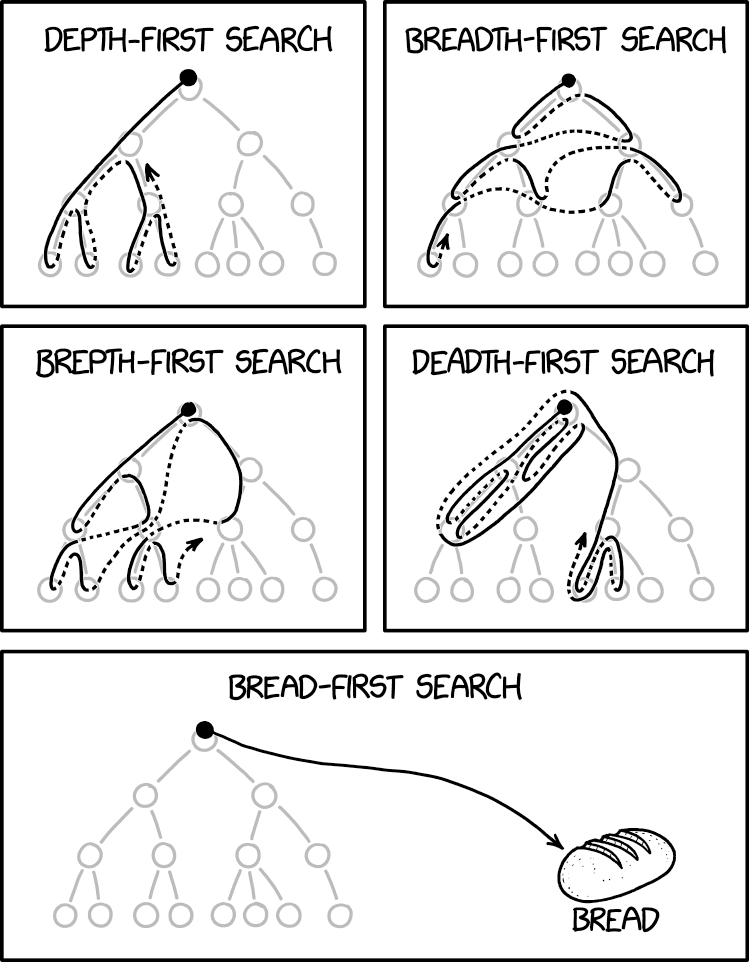How did he speak? What did he speak? When did he speak?
There seems to be a lot of dissension, even among Iranists, concerning the basic facts of his life and times. For the founder of a major religion, little hard evidence is available concerning the man and his message. Of course, basic biographical data for the life of Jesus Christ are also scarce, including whether or not he was born on December 25, 0, and whether he died on Good Friday or on Holy Saturday before arising from the dead on Easter Sunday in AD 30 or 36?
From the time I first encountered Friedrich Nietzsche's book (1883-1885) in high school, I was puzzled by the archaic style of the title, Thus Spake Zarathustra, and the twin names of the founder of Zorastrianism, who was the namesake of the hero of the novel.
Zoroaster (, UK also ; Greek: Ζωροάστρης, Zōroastrēs), also known as Zarathustra (, UK also ; Avestan: , Zaraθuštra), Zarathushtra Spitama or Ashu Zarathushtra (Modern Persian: زرتشت, Zartosht)
(source)
The full title of the novel in its original German is Also sprach Zarathustra: Ein Buch für Alle und Keinen (Thus Spoke Zarathustra: A Book for All and None). It wasn't long before my etymological obsession led me to the explanation of the prophet's name as having something to do with camels (which would make sense for someone who hailed from the homeland of the Bactrian species).
Read the rest of this entry »





